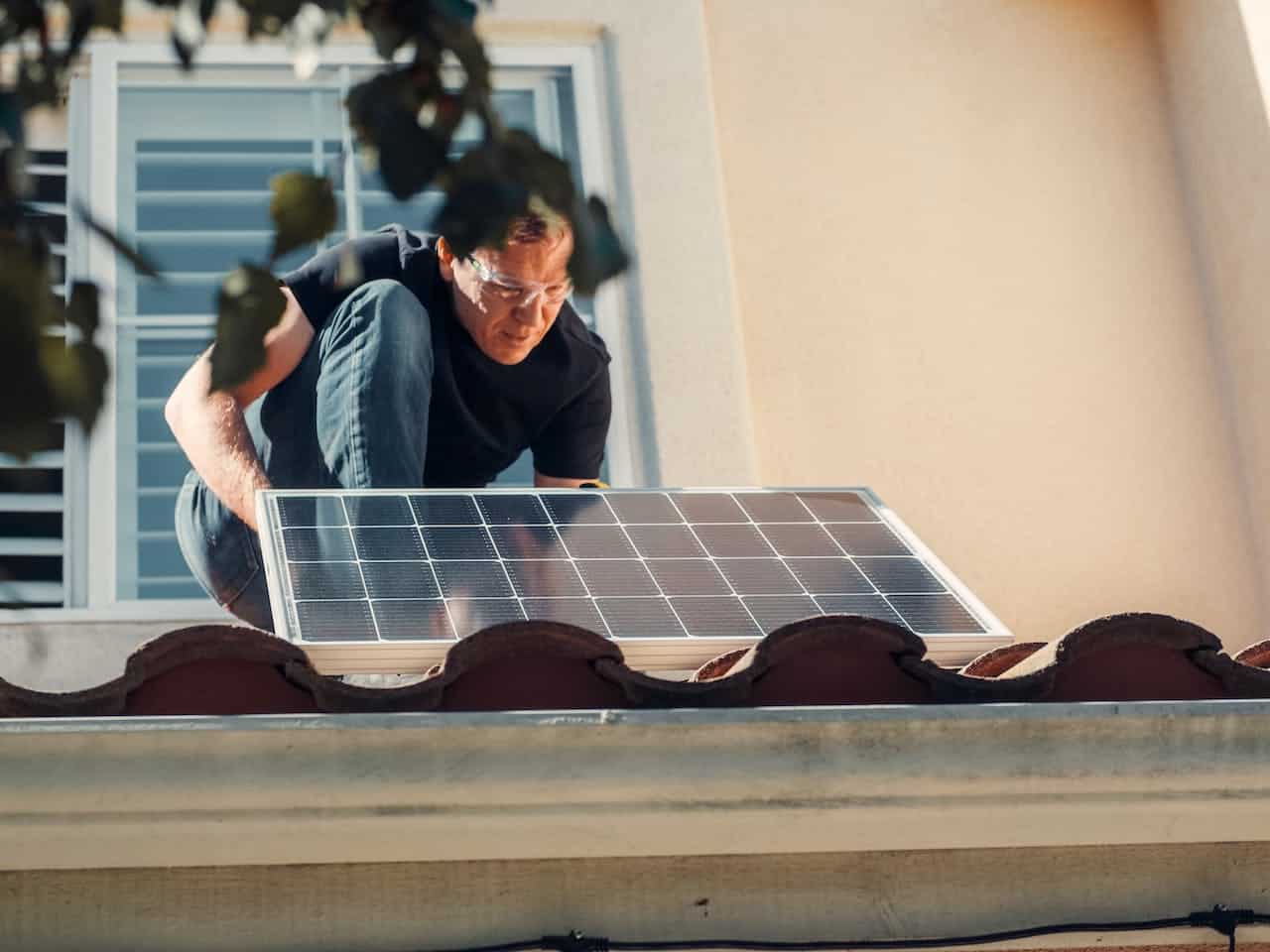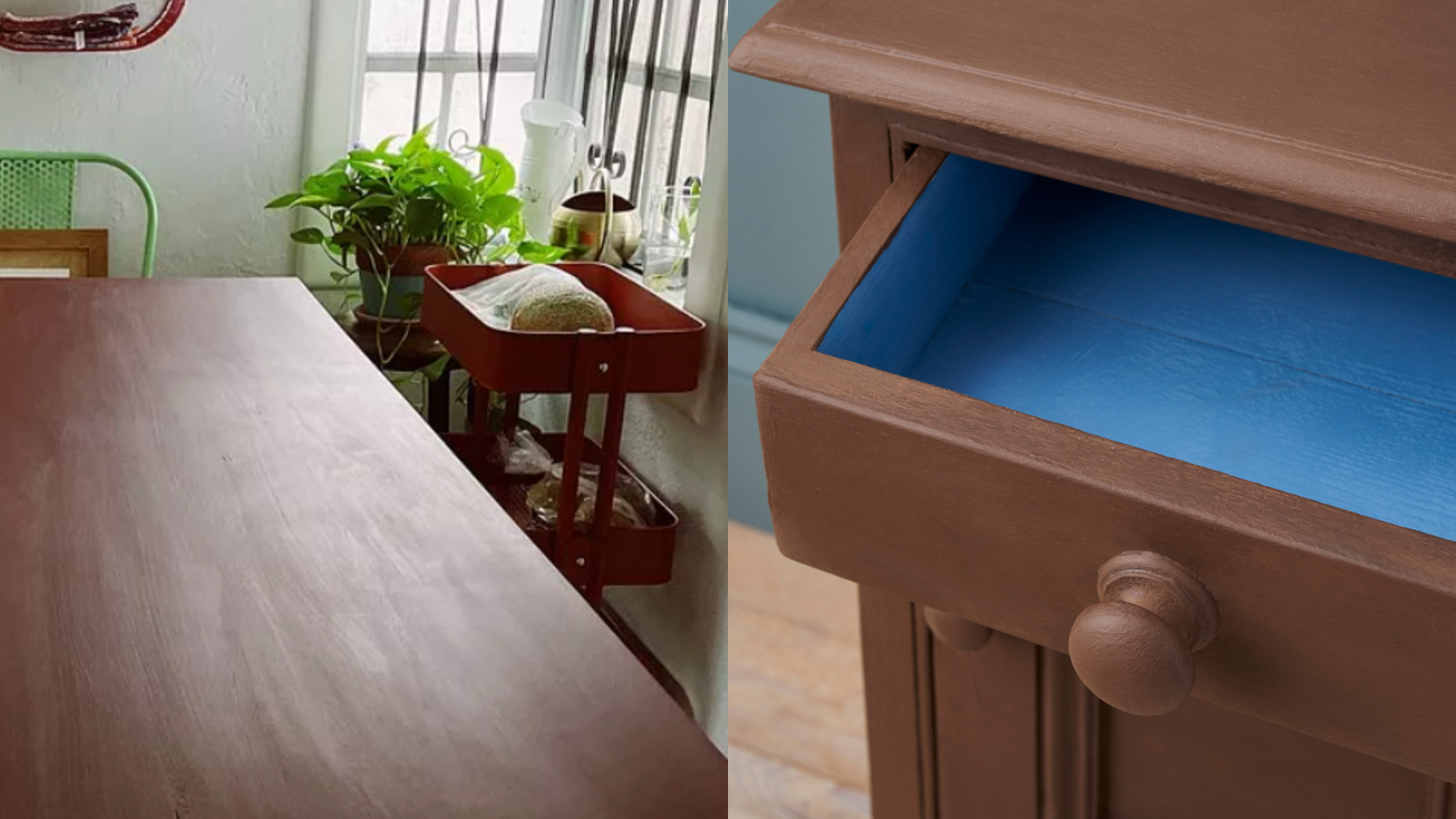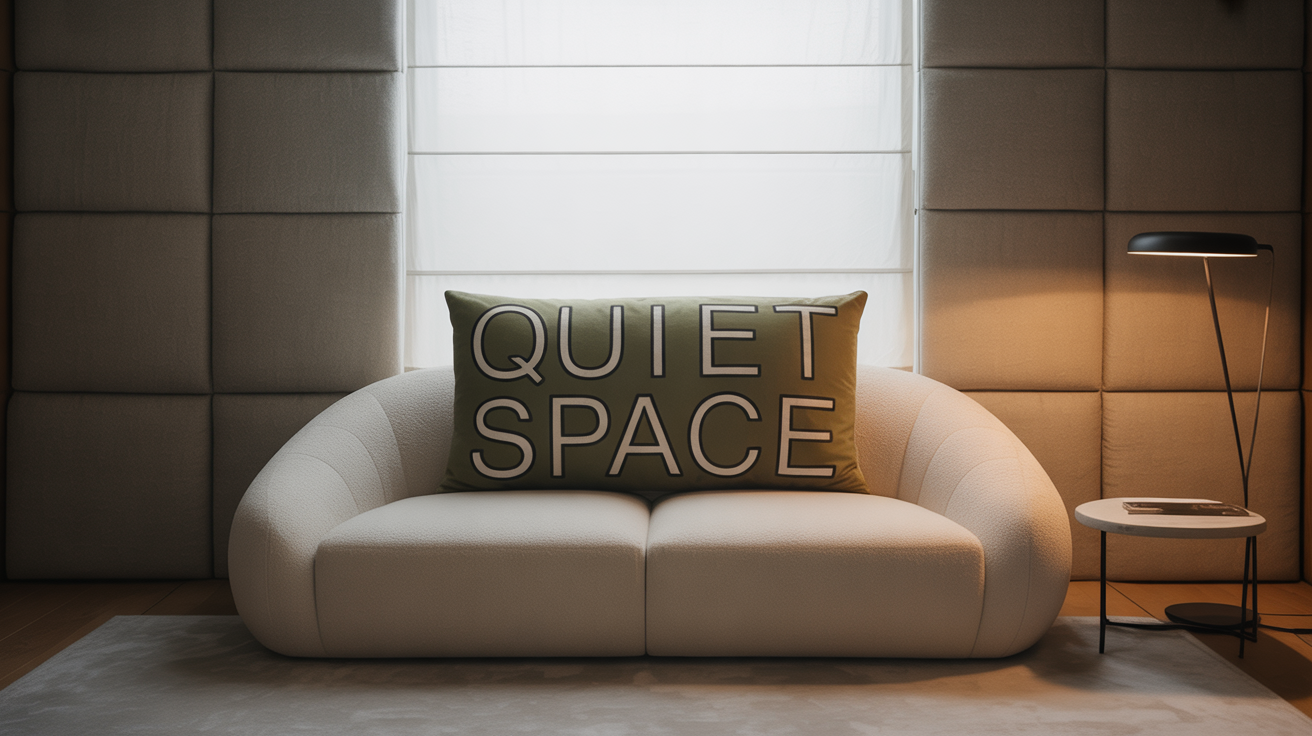10 Renovation Tips for a Sustainable Household
In the vibrant city of Syracuse, known for its rich historical roots and beautiful architecture, creating a sustainable household is becoming an increasingly important endeavor. Syracuse, with its diverse seasons ranging from snowy winters to sunny summers, offers unique opportunities for homeowners to incorporate eco-friendly practices in their homes. Whether it’s harnessing solar energy during the sunny months or improving insulation for the colder periods, there’s a lot that residents can do to make their homes more sustainable.
Renovating your home with sustainability in mind not only contributes positively to the environment but can also lead to substantial cost savings. From installing energy-efficient windows to implementing smart home technologies, there are numerous ways to make your home eco-friendly. In this article, we’ll explore various tips for renovating your home in a way that enhances sustainability.
Opt for Energy-Efficient Appliances
Switching to energy-efficient appliances is a pivotal step in creating a sustainable household. Look for appliances that have the ENERGY STAR® label, as they are certified to consume less energy and water. This not only reduces your utility bills but also your home’s carbon footprint. When selecting appliances, consider their size and functionality to ensure they meet your needs without excess energy consumption. For example, choosing a refrigerator or dishwasher with eco-mode options can provide further energy savings.
Upgrade to Energy-Efficient Windows
Energy-efficient windows are crucial in maintaining a sustainable home. If you’re in Syracuse window installation experts like C Michael Exteriors can help replace old windows with newer models. Windows with double or triple glazing, Low-E coatings, and quality frames provide better insulation, keeping your home warmer in winter and cooler in summer. This reduces the strain on your heating and cooling systems, thereby cutting down on energy consumption and costs.
Install Solar Panels
Solar panel installation is a cornerstone of sustainable living. By converting sunlight into electricity, they reduce reliance on fossil fuels and lower greenhouse gas emissions. In many areas, you can even sell excess electricity back to the grid, making this a financially attractive option.
Research local incentives, tax credits, and rebates that may be available to offset the initial installation costs. Additionally, solar panels often increase the property value of your home, making them a beneficial long-term investment.
Improve Home Insulation
Effective insulation is key to a sustainable home. When renovating, consider eco-friendly options like recycled denim, sheep’s wool, or spray foam. These materials not only provide excellent thermal insulation but also contribute to a healthier indoor environment by being non-toxic and moisture-resistant. Proper insulation reduces the need for heating and cooling, thereby conserving energy and lowering utility bills.
Utilize Sustainable Building Materials
Incorporating sustainable materials into your renovation can significantly reduce your environmental impact. Reclaimed wood, recycled steel, and bamboo are excellent choices that are both durable and eco-friendly. Using locally sourced materials can also reduce the carbon footprint associated with transportation. Additionally, consider finishes and adhesives that are low in volatile organic compounds (VOCs) to maintain indoor air quality.
Install Low-Flow Water Fixtures
Water conservation is an integral part of creating a sustainable home. Installing low-flow water fixtures like faucets, showerheads, and toilets can significantly reduce your household’s water consumption. These fixtures are designed to provide efficient water flow, which not only conserves water but also lowers your water bill. Opting for fixtures with WaterSense labels ensures they meet EPA criteria for water efficiency. Remember, small changes in water usage can lead to significant savings over time.
Implement a Rainwater Harvesting System
A rainwater harvesting system is a great way to reduce dependence on municipal water and make use of a natural resource. This system collects rainwater from rooftops, which can be stored and used for watering gardens, flushing toilets, and, with proper treatment, even as drinking water. It reduces the strain on local water supply systems and can be particularly beneficial in areas prone to drought. Installing a rainwater harvesting system not only aids in water conservation but also contributes to reducing your water bills.
Choose Eco-Friendly Paints
When renovating, the choice of paint can have a significant impact on both the environment and indoor air quality. Opt for eco-friendly paints that are low in VOCs. These paints reduce the emission of harmful chemicals into the environment and are better for the health of the occupants. With advancements in paint technology, there is a wide range of eco-friendly paints available in various colors and finishes, allowing you to achieve your desired aesthetic without compromising on sustainability.
Incorporate Smart Home Technology
Smart home technology can play a significant role in enhancing the sustainability of your household. Technologies like smart thermostats, automated lighting systems, and energy monitors can help in efficiently managing your home’s energy usage. These devices provide the convenience of remote control and automation, ensuring that energy is used only when needed. Additionally, smart appliances can be programmed to operate at off-peak hours, potentially reducing energy costs.
Create a Green Space
Whether you have a yard or a small balcony, creating a green space can enhance the sustainability of your home. Planting native trees, shrubs, and flowers supports local ecosystems and provides a natural habitat for wildlife. If space is limited, consider a vertical garden or container gardening. Indoor plants not only improve air quality but also add to the aesthetic appeal of your home. A green space offers a personal connection to nature and can be a source of relaxation and enjoyment.
Conclusion
Transforming your home into a sustainable space is a rewarding endeavor that benefits both the environment and your well-being. By implementing these eco-friendly renovation tips, you can create a more energy-efficient, water-conserving, and healthier living environment. Sustainability in home renovation is not just about making big changes; even small adjustments can have a significant impact. Embrace these practices to contribute to a greener future and enjoy a sustainable, comfortable living space.







